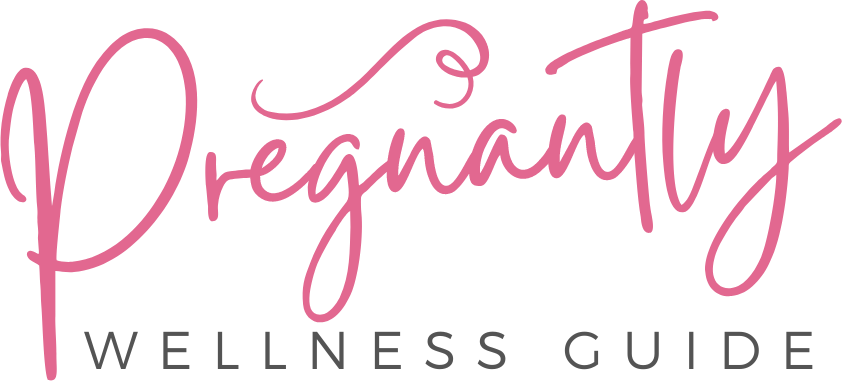
We’ve discovered that reducing our workload doesn’t actually decrease women’s stress levels—27% of us still experience high stress despite cutting back. The real issue isn’t how much we’re doing; it’s that women face unique biological stress responses, hormonal vulnerabilities, and persistent caregiving expectations that task reduction alone can’t address. Our stress stems from internalized pressures, emotional isolation, and physiological factors requiring holistic support beyond simply doing less. Below, we’ll explore evidence-based strategies that target these root causes effectively.
The Reality Behind Women’s Stress: More Than Just Being Busy
Women aren’t just stressed—they’re substantially more stressed than men, and the data proves it. You’re averaging 5.3 out of 10 on stress levels compared to men’s 4.8, with 27% of you rating stress between 8 and 10 versus 21% of men. These stress factors stem from concrete realities: the pay gap (earning 85% of male wages), caregiving responsibilities, reproductive rights concerns, and systemic discrimination. For African American women and those with low socioeconomic status, these pressures intensify. Chronic stress isn’t merely uncomfortable—it manifests as higher BMI, anxiety disorders, sleep disturbances, and depressive symptoms. Mental wellness requires acknowledging that 68% of you need more emotional support, yet generic interventions fail because they ignore your specific lived experiences.
How Women Experience and Express Stress Differently
Understanding these systemic pressures matters, but the story doesn’t end with what stresses you—it extends to how you experience it. Gender differences in stress responses run deeper than perception alone. While men typically engage “fight-or-flight” reactions, women activate “tend-and-befriend” patterns—prioritizing social connection and caregiving even under pressure. This biological distinction, modulated by sex-specific hormones, creates sustained vulnerability to repeated stress exposures. You’re also traversing societal pressures that shape how stress manifests: women report 18.88% higher workplace stress and double the rates of high perceived stress compared to men. These differences aren’t weakness—they’re documented patterns influenced by emotional reactivity, caregiving roles, and cultural expectations around expressing vulnerability. Your stress response reflects complex biological and social realities.
The Hidden Health Toll of Chronic Stress on Women’s Bodies
Your body keeps a ledger of every sleepless night, every skipped meal during deadlines, every moment you’ve swallowed frustration to keep the peace. Chronic stress doesn’t just make you feel overwhelmed—it fundamentally alters your physiology. Stress symptoms in women manifest through disrupted hormone balance: elevated cortisol suppresses estrogen and progesterone, triggering menstrual irregularities and fertility challenges. We’re twice as likely as men to develop stress-related IBS, while our cardiovascular risk spikes before age 50. That acne flare-up? Cortisol-driven oil production. Hair thinning three months after a crisis? Your follicles responding to hormonal chaos. Depression, anxiety, and cognitive decline accelerate under persistent stress. Women from marginalized communities face compounded physiological wear from discrimination and socioeconomic pressure, creating cascading health consequences we can’t ignore.
Why “Just Do Less” Misses the Point Entirely
When well-meaning advice-givers suggest we simply “do less,” they’re overlooking a fundamental reality: women’s stress doesn’t scale linearly with task count. Research shows that even with reduced workloads, we still report elevated stress levels—27% of us rate our stress at 8-10 out of 10, compared to 21% of men. The problem isn’t our busy lives themselves; it’s the complex interplay of internalized social pressures, caregiving expectations, and emotional isolation that persists regardless of task reduction.
Stress sources run deeper than calendar entries. We internalize stress differently, often experiencing physical and mental health consequences that workload adjustments alone can’t resolve. What actually works? Emotional literacy programs demonstrate sustained stress reduction (effect size 0.452), proving that skill-building—not task-cutting—addresses the root causes.
What Women Actually Need: Holistic Support Over Simple Solutions
Women’s bodies don’t experience stress in isolation from our minds, emotions, or life contexts—and effective support must reflect this reality. We need approaches that address how stress disrupts our hormonal balance, weakens our immune function, and fragments our mental clarity simultaneously. Holistic wellness requires integrating mindfulness practices, nutritional support tailored to our hormonal cycles, and robust social connections—not simplistic advice to “relax more.” Research shows that combining meditation, adequate sleep hygiene, and specific micronutrients like magnesium creates resilience that single interventions can’t achieve. In addition, we benefit from flexible, adaptive strategies that evolve with our changing life stages rather than rigid protocols. Access to professionals who understand women’s physiological complexity, paired with community support systems, transforms stress management from superficial symptom control into sustainable health maintenance.
Effective Coping Strategies That Work for Women’s Unique Stress Patterns
Although the wellness industry often promotes one-size-fits-all stress solutions, research reveals that women who flexibly adapt their coping approaches—rather than rigidly applying the same tactics—are up to 30% more likely to maintain healthy lifestyles over time.
Effective coping mechanisms combine:
- Adaptive strategies (active problem-solving, emotional support-seeking) that increase healthy lifestyle maintenance by 3%-10%
- Cognitive-behavioral techniques like reframing and solution-focused thinking that shift stress responses without suppressing them
- Somatic practices (breathwork, tension release) that address the physical manifestations of stress
We must recognize that emotion-focused coping—women’s predominant stress response—becomes problematic only when it relies heavily on avoidance or venting. Strategic flexibility matters more than any single technique. Matching our coping mechanisms to specific stressors produces better outcomes than defaulting to comfort strategies.
Building a Personalized Stress Management Approach That Addresses Root Causes
Selecting the right coping techniques becomes meaningful only when it is recognized what’s actually causing our stress. We must identify our specific stress triggers—whether they’re interpersonal conflicts, work-life imbalances, or ruminative thinking patterns that amplify our distress. Research shows women’s stress sensitivity often stems from sociotropic cognitive styles and the absence of adequate support systems. Our personalized approach begins with honest assessment: What situations consistently elevate our stress? Which relationships drain versus restore us? Understanding these root causes allows us to develop targeted coping mechanisms rather than generic solutions. This means pairing guided mindfulness with interpersonal boundary-setting, or combining physical activity with strategic social network engagement. When we address underlying triggers systematically, our interventions become sustainable rather than superficial band-aids that fail under pressure.
Conclusion
We’ve spent centuries telling women to smile more, speak less, and now—conveniently—stress less by simply doing less. How revolutionary. But here’s what actually works: acknowledging that our stress isn’t a personal failing requiring a bubble bath fix. It’s systemic, biological, and deserving of real solutions. We need thorough support systems, not another meditation app. Let’s stop treating women’s wellbeing like it’s solved with scented candles and start addressing the actual roots of our stress.







